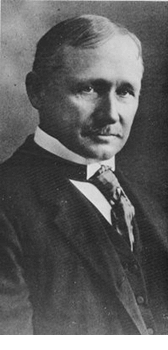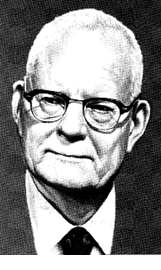modern planning techniques

Modern planning can be attributed to the movement toward what
was called the “scientific” process of factory production management that
came about during the industrial revolution. The pioneer of this
approach was Fredrick Taylor.
Mr. Taylor was the creator of the time-motion study.
A critical finding of Mr. Taylor’s work was
that the methods of production have a direct effect on worker
productivity (reference).

While Taylor’s utopian vision of optimizing production
to eliminate strife between management and labor, was not
successful planners clearly acknowledge that it is management’s
job to provide the tools and resources needed to ensure
maximum possible productivity.
Edward Demming’s later work in
Total Quality Management would extend this idea to say that the
majority of issues related to poor worker productivity were the
result of the management systems designed to control productivity.
(reference).
There are several methods used today to evaluate the success of projects. There is the Gantt or Bar Chart, the two "flavors" of the Critical Path Method (CPM), Arrow and Precedence Diagramming, Fenced-Bar Charts, Line-of-Balance scheduling, and Earned Value Management.
While there are significant differences between these methods, they all include the answers to three critical questions.
- What is to be done?
- How long will it take?
- What is to be done next?
The answers to these questions are often described in a listing of activities, their durations, and prior activities. The table below shows one such listing.
| Activity | Duration (work-weeks) |
Prior Activity |
|---|---|---|
| 1 | 3 | None |
| 2 | 5 | 1 |
| 3 | 2 | 2 |
| 4 | 3 | 1 |
| 5 | 2 | 4 |
Begin to look at the table by starting with the first column. The first column lists the activities that we think we will need to complete the project. As the project progresses, we may find that additional activities are needed, however, we will begin with the list of tasks planned for the project. With any project planning model the idea of flexibility is important since activities may need to be changed, added, and/or deleted as the project progresses.
The second column lists the durations of each activity. When reviewing the durations, it is important to clearly communicate the units associated with the durations. In this example we will use working weeks. A standard working week is five, eight-hour days. Often, translating between working days or weeks and calendar days is needed so it is crucial to always indicate the units used.
The third column lists the activities that must be completed prior to starting the given activity. For example, prior to starting activity 4, activity 1 must be completed.
The short discussion of each of commonly used planning methods that follow in this chapter provide brief introduction to the answers to these these questions. The later chapters on each of these methods will assist you to determine the full answer to these questions, and the true implication of the value of that planning method to your projects.